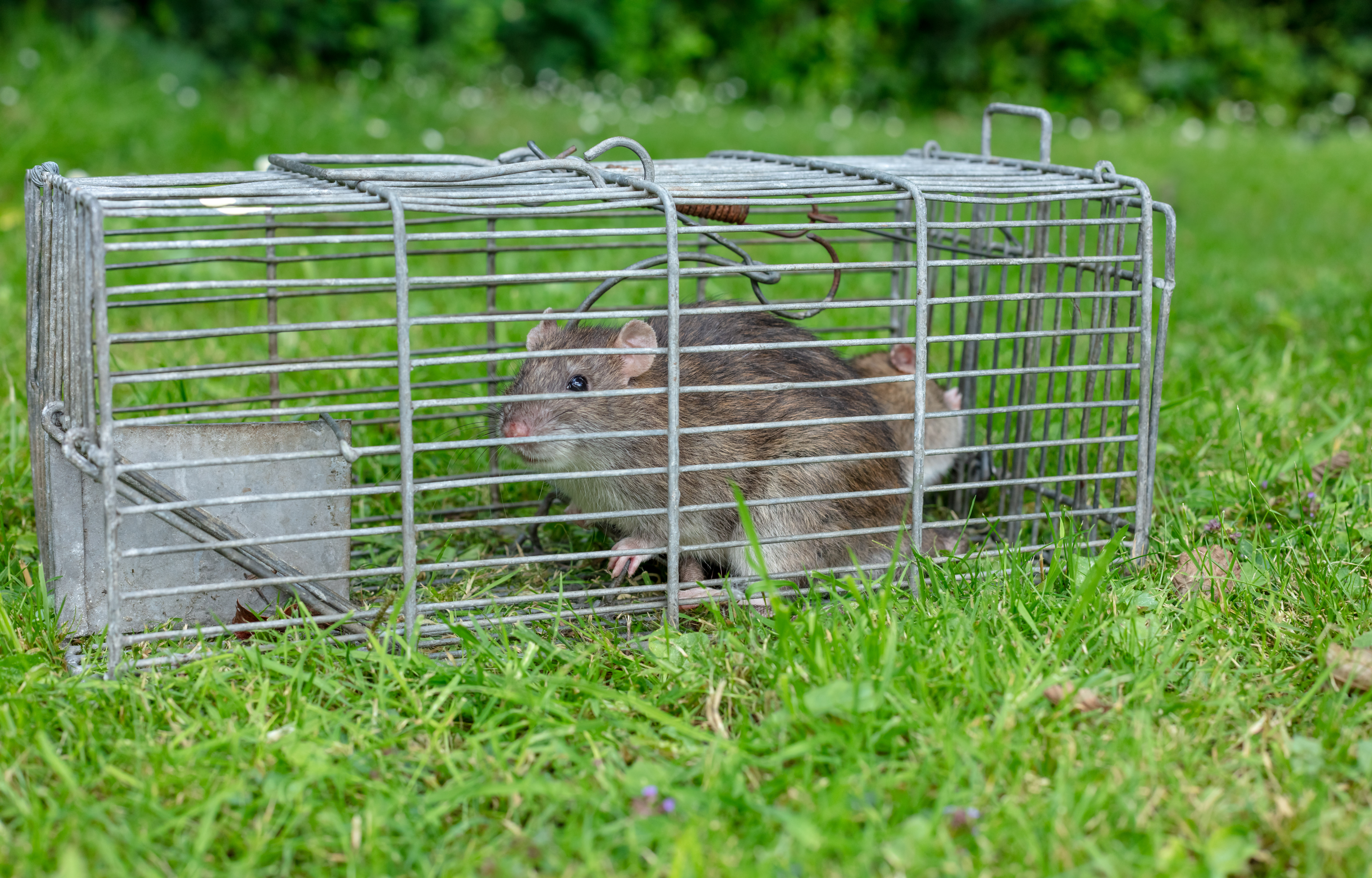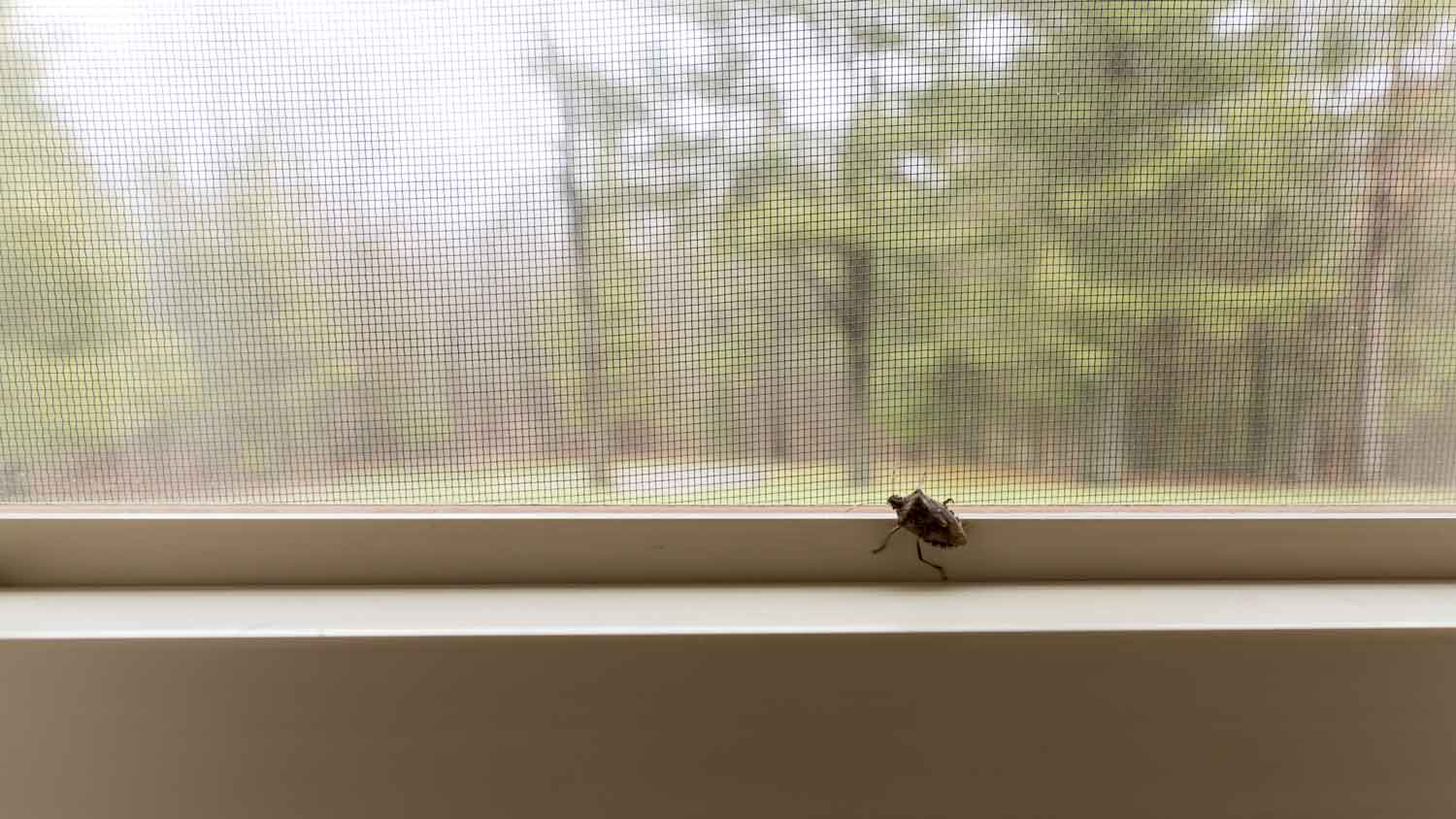
The invasive spotted lanternfly makes a mess and causes serious damage to the environment. So, how much does spotted lanternfly treatment cost?
The average U.S. homeowner spends about $481 on bat removal. Depending on the size of the bat colony and home location, most spend between $229 and $734.


Bat removal costs $481 on average, but most homeowners pay between $229 and $734 to remove bats from their homes. To seal your home against bats can cost as little as $100, but to remove an entire colony, you could expect to pay $1,567 or more.
Though they are a boon to the ecosystem, bats can carry rabies, and a live colony can cause significant damage to a home. Because of this, you'll want to call a bat removal service near you to remove a bat infestation as soon as you become aware of the flying critters taking up residence in your home. Here's what you need to know to start budgeting for bat removal costs.
Any of your local bat removal services will typically charge a flat fee that covers inspection, labor, and materials. It is illegal to kill bats in many parts of the country, as they are a protected species. Instead of extermination, your technician will practice exclusion. This method involves luring bats out of your home via one-way doors and sealing up entry points.
Here’s a detailed breakdown of how you can expect to spend your money when hiring a bat removal specialist:

Even if you’ve already spotted telltale signs of a bat infestation, your pro will inspect to determine the size and location of the colony, as well as any entry points they created along the way. An inspection costs up to $300, but most pros will wrap this up in your final bill.
The size of your bat problem will drastically impact bat removal costs. Removing a single bat from your home is much less expensive and extensive than removing an entire colony. Below are the average costs for each, but speak with your local exterminator for a more specialized quote.
| Colony Size | Average Price |
|---|---|
| <50 bats | $230–$1,500 |
| 50 to 200 bats | $1,500–$5,000 |
| 200+ bats | $5,000+ |
If a bat accidentally enters your home, a humane wildlife control company will catch it and release it back into the wild. This service costs an average of $430, though it depends on how easily they can reach the critter. If your pro spotted some obvious entry points during the removal, they might recommend sealing them up to dissuade future bats from entering your home. Sealing costs $150 to $1,500, depending on the number of entry points and how accessible they are.
Unlike removing one bat, removing a larger colony will require your local exterminator to use the exclusion method described above.
Once the bats have left, the technician seals up all entry points. Excluding a colony of two to 50 bats and sealing multiple entry points costs $400 to $1,500. Excluding a larger colony of 50 to 200 bats along with sealing multiple entry points costs $2,000 to $8,000.
The location of your bat infestation will also play a role in your total project costs. Bats like to hide out in dark places like crawl spaces, attics, basements, and the insides of walls. You’ll pay less overall if the infestation is in an easily accessible location, as more difficult locations require special equipment to handle the job.
If you have a bat infestation, you might have other pests camping out in your home, too. Bat ticks, cockroaches, fleas, and beetles are common pests you’ll find alongside a bat infestation. Cockroach extermination costs range from $100 to $600 on average, whereas tick extermination costs average from $50 to $150. Your bat removal pro will advise if they can remove the other pests besides the bats or if you need a different specialist.
Bat droppings are officially called guano, and they pose a fairly significant health risk. Bat guano can cause an infection called histoplasmosis, which spreads via airborne spores of a fungus that lives on the droppings. Therefore, it is crucial to have a professional handle the removal process.
Guano removal costs anywhere from $500 to $8,000, depending on how bad your infestation was and the size of your home. Talk to your bat removal specialist before setting up an appointment for guano removal, as they may suggest waiting a few weeks (or even months) to see if the exclusion worked.
Budgeting for bat removal costs is one thing, but several other indirect costs for this project must also be considered.

Bats can cause damage to drywall, insulation, and various structures throughout the home. Additionally, bat guano can ruin insulation and drywall, necessitating replacement. If bats took up residence in your attic or elsewhere in your home, hire a general contractor to repair any damage they caused. These repairs cost $2,500 to $5,000, depending on the level of damage.
Providing an alternative habitat for a bat colony could provide them with a new place to roost, thus dissuading the bats from trying to gain re-entry to your home. Bat houses cost $100 to $2,700, with professional installation costing $100 to $500. Some bat houses can hang from a tree on your property, eliminating the need for added labor costs. Encourage the bats to use these alternative accommodations by ensuring they are at least 12 feet high.
It may be a while between the time bats move into your attic, and you notice their presence. They're nocturnal creatures, so you're unlikely to see them flying around or hear them moving around during the day. Still, bats aren't entirely undetectable. You'll likely notice some signs that they've moved in, such as:
Scratching noises in the attic: Bats have claws that can scrape and scratch across the walls or floors in your attic.
Chirping sounds: Bats communicate by chirping, so if you hear anything at night that sounds like birds, it could very well be bats.
Visible bat droppings: Gross, we know, but bat droppings are usually a telltale sign that they've decided to call your house their home. Bat droppings, or guano, often have a strong, ammonia-like odor, too.
Bat stains: Bats are greasy, and their outer coating of grease tends to stain the areas around their entry points.
Bats flying near your home: Typically, bats won't fly inside your home. But, if you see them circling around outside suspiciously near your home at sunrise or sunset, that can be a sign that they're living in your attic.
Bats are the kind of pest that can cause a myriad of problems in your home. Nesting and bat waste are the overwhelming majority of bat-related issues, and both require hiring a pro to take care of the issue safely and humanely.
There are ways to remove bats from your home on your own, but it doesn’t guarantee success. Bat colonies are protected in many areas, and anyone removing them must follow specific seasonal timing and humane practices. Bats also carry rabies, fleas, and respiratory illnesses that can spread during removal. So leave this task to the pros—rely on a local bat removal company to take care of the problem for you.
Relocating wild animals isn’t a DIY project for most people. Here’s why you want a bat removal company to take on this task:
Professionals understand bat behavior and know how bat colonies get in and move throughout a home.
An exterminator can identify entry points, including those less than an inch wide, that homeowners often overlook.
Bat control pros use humane exclusion devices that allow bats to leave but not return without harming them. They can also recommend sealing materials to prevent future entry while preserving attic ventilation.
Specialists adhere to laws and seasonal restrictions that protect mother bats and their pups.
Many wildlife removal specialists offer warranties that cover future bat activity.
You should call your local pest control to remove bats from your home, but there are some DIY steps you can take to help save on costs:
Seal holes and cracks in the attic or ceiling
Use scent repellents like mothballs or essential oils
Install lights outside the home
Set up a bat habitat in the yard to keep bats away from the house
Confirm whether your bat control pro will only remove the bats or also provide services to prevent future bat activity.
Walk around your home’s exterior with the exterminator to identify every entry point.
Review how long the one-way exit devices must remain in place and whether your pro will return to retrieve them.
If you want to keep your bats local, ask about placing bat houses away from your home to provide alternative roosting sites.
Home is the most important place on earth, which is why Angi has helped more than 150 million homeowners transform their houses into homes they adore. To help homeowners with their next project, Angi provides readers with the most accurate cost data and upholds strict editorial standards. We’ve surveyed thousands of real Angi customers about their project costs to develop the pricing data you see, so you can make the best decisions for you and your home. We pair this data with research from reputable sources, including the U.S. Bureau of Labor Statistics, academic journals, market studies, and interviews with industry experts—all to ensure our prices reflect real-world projects.
Want to help us improve our cost data? Send us a recent project quote to [email protected]. Quotes and personal information will not be shared publicly.
From average costs to expert advice, get all the answers you need to get your job done.

The invasive spotted lanternfly makes a mess and causes serious damage to the environment. So, how much does spotted lanternfly treatment cost?

Professional spider exterminator costs vary depending on the infestation size, visit frequency, and methods. Use this guide to budget for speedy spider removal.

Sometimes birds nest in unwelcome places. Find out how much bird nest removal will cost based on factors like location, bird species, and preventative measures.

Noticing a growing number of rats calling your yard or garden home? Here are your best options to deal with them.

Stink bugs are annoyingly persistent, but there are ways to fight back. Learn how to exterminate stink bugs in the house and prevent them from coming back.

Whether it’s a swarm of mosquitos interrupting your summer evening on the patio or the discovery of fleas in the guest room, you may have to break out bug spray. Read on for tips to reduce your exposure and signs of bug spray side effects.